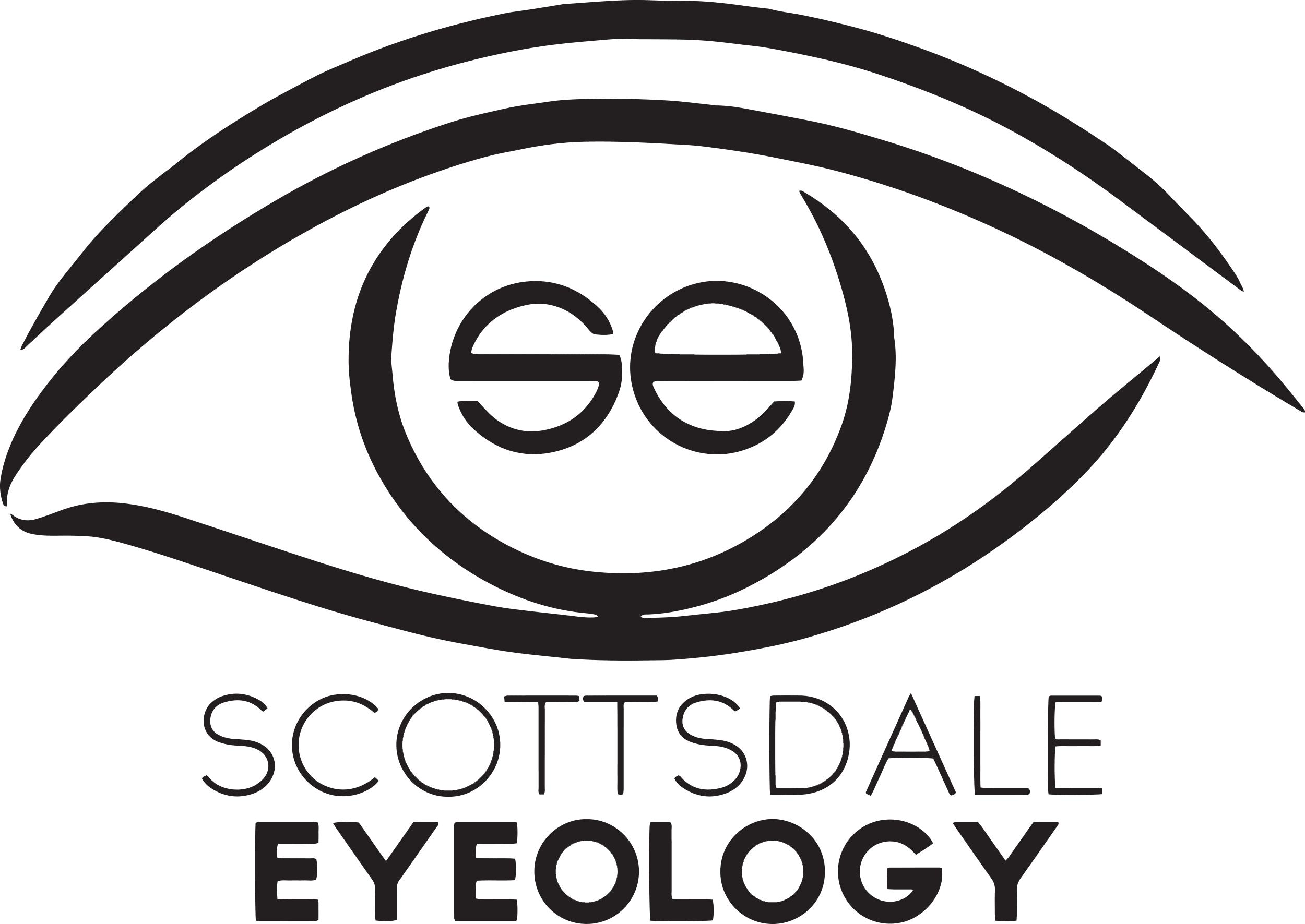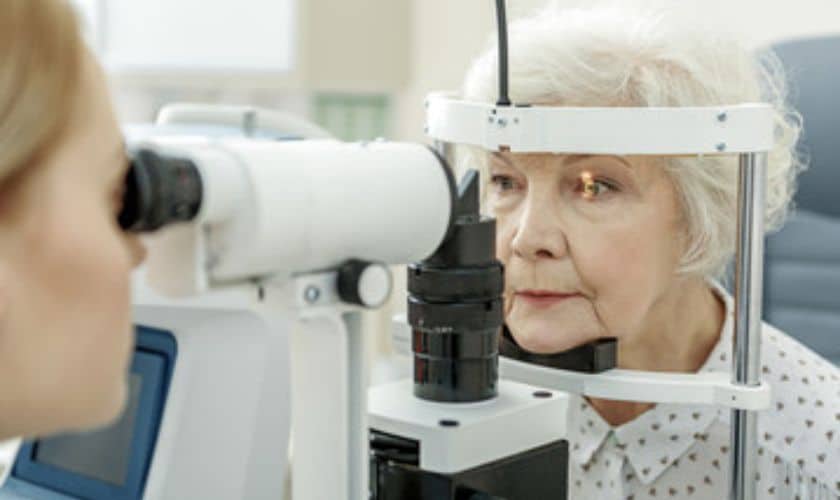Imagine looking through a foggy window that blurs the world outside. This analogy closely resembles the experience of someone dealing with cataracts, a common eye condition that affects millions of people worldwide. In this blog, we will delve into the world of cataracts, exploring their causes, symptoms, and available treatment options.
What Are Cataracts?
Cataracts are a progressive eye condition characterized by the clouding of the eye’s natural lens, which lies behind the iris and the pupil. The lens plays a crucial role in focusing light onto the retina, allowing us to see clear images. When cataracts form, they obstruct the passage of light, resulting in blurred or distorted vision.
Causes Of Cataracts
While age is the primary risk factor for cataracts, there are other contributing factors as well. These include:
- Age: As we grow older, the proteins in the eye’s lens may clump together, leading to clouding.
- Genetics: A family history of cataracts can increase your likelihood of developing them.
- UV Radiation: Prolonged exposure to ultraviolet (UV) radiation, often from sunlight, can accelerate the development of cataracts.
- Smoking and Alcohol: Both smoking and excessive alcohol consumption have been linked to an increased risk of cataract formation.
- Diabetes: Individuals with diabetes are at a higher risk due to changes in their blood sugar levels that can affect the eye’s lens.
- Trauma: Physical injury to the eye can lead to the development of cataracts.
Symptoms Of Cataracts
Cataracts usually develop slowly, and the symptoms can vary. Common signs include:
- Blurry or Clouded Vision: As the lens becomes cloudier, vision becomes increasingly blurry.
- Sensitivity to Light: Bright lights may cause discomfort or glare.
- Difficulty Seeing at Night: Night vision can be particularly challenging due to increased glare and decreased contrast.
- Fading of Colors: Colors may appear less vibrant or washed out.
- Double Vision: Cataracts can cause double vision in one eye.
- Frequent Prescription Changes: You may find yourself needing new eyeglass prescriptions more frequently.
Treatment Options For Cataracts
Fortunately, cataracts are treatable, often through surgical intervention. The most common treatment is cataract surgery, a procedure where the clouded lens is removed and replaced with an artificial intraocular lens (IOL). This surgery is typically quick, minimally invasive, and highly successful, restoring clear vision for many patients.
Prevention Of Cataracts
While age-related cataracts are inevitable for many, there are steps you can take to reduce your risk or delay their development:
- Protect Your Eyes from UV Rays: Wear sunglasses that block UV radiation and wide-brimmed hats when outdoors.
- Healthy Lifestyle: Quit smoking, limit alcohol consumption, and maintain a balanced diet rich in antioxidants.
- Regular Eye Exams: Routine eye check-ups can detect cataracts early and guide appropriate interventions.
- Manage Health Conditions: Properly manage conditions like diabetes, as uncontrolled blood sugar levels can accelerate cataract formation.
Conclusion
Cataracts are a common eye condition that can affect anyone, especially as they age. However, with advancements in medical technology and surgical techniques, the impact of cataracts on vision can be significantly reduced. If you or a loved one are experiencing symptoms of cataracts, seeking timely medical attention can lead to clearer vision and an improved quality of life. Remember, through awareness, prevention, and timely treatment, we can unveil the clouded vision and continue to enjoy the world around us with clarity.


